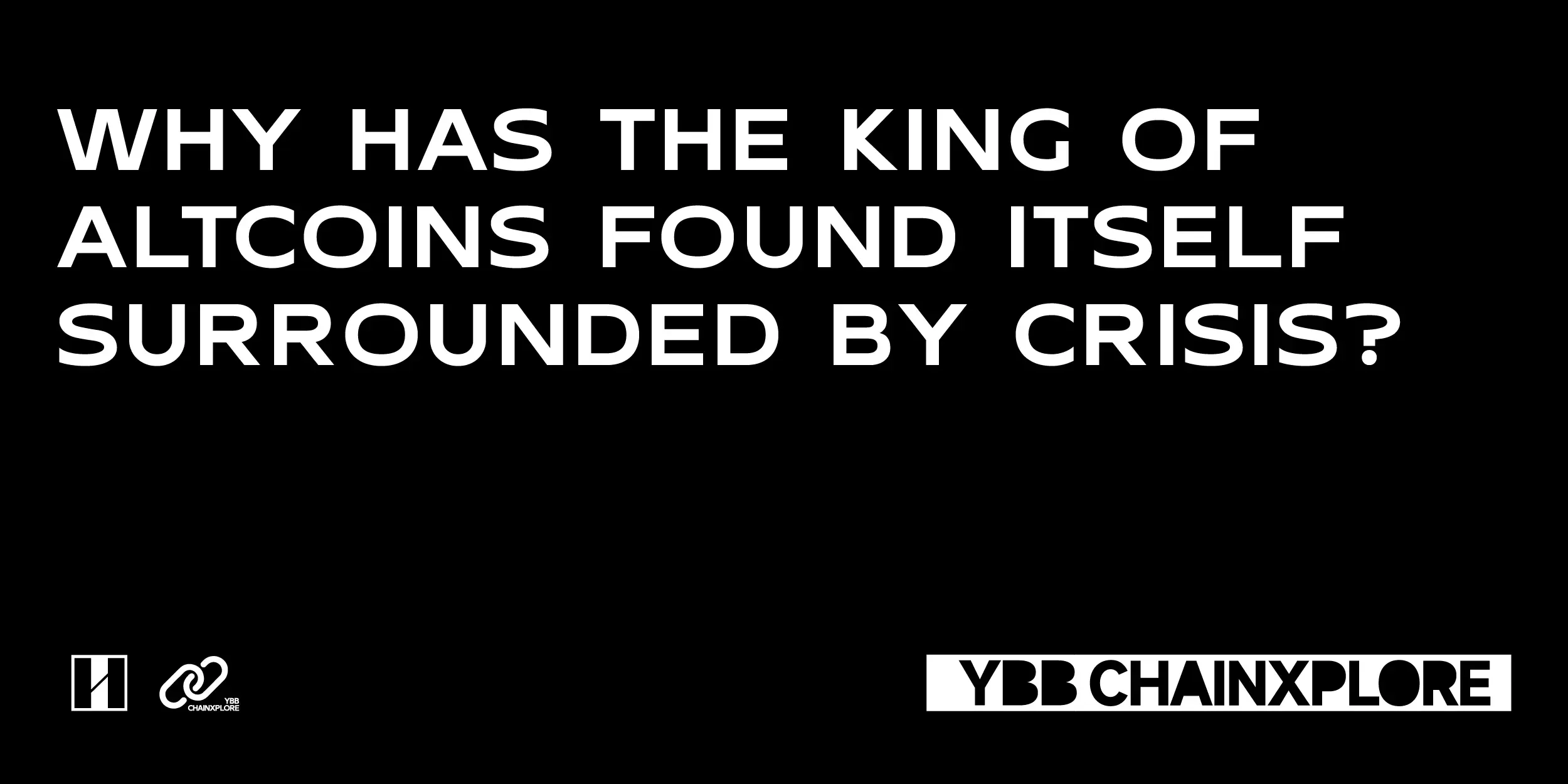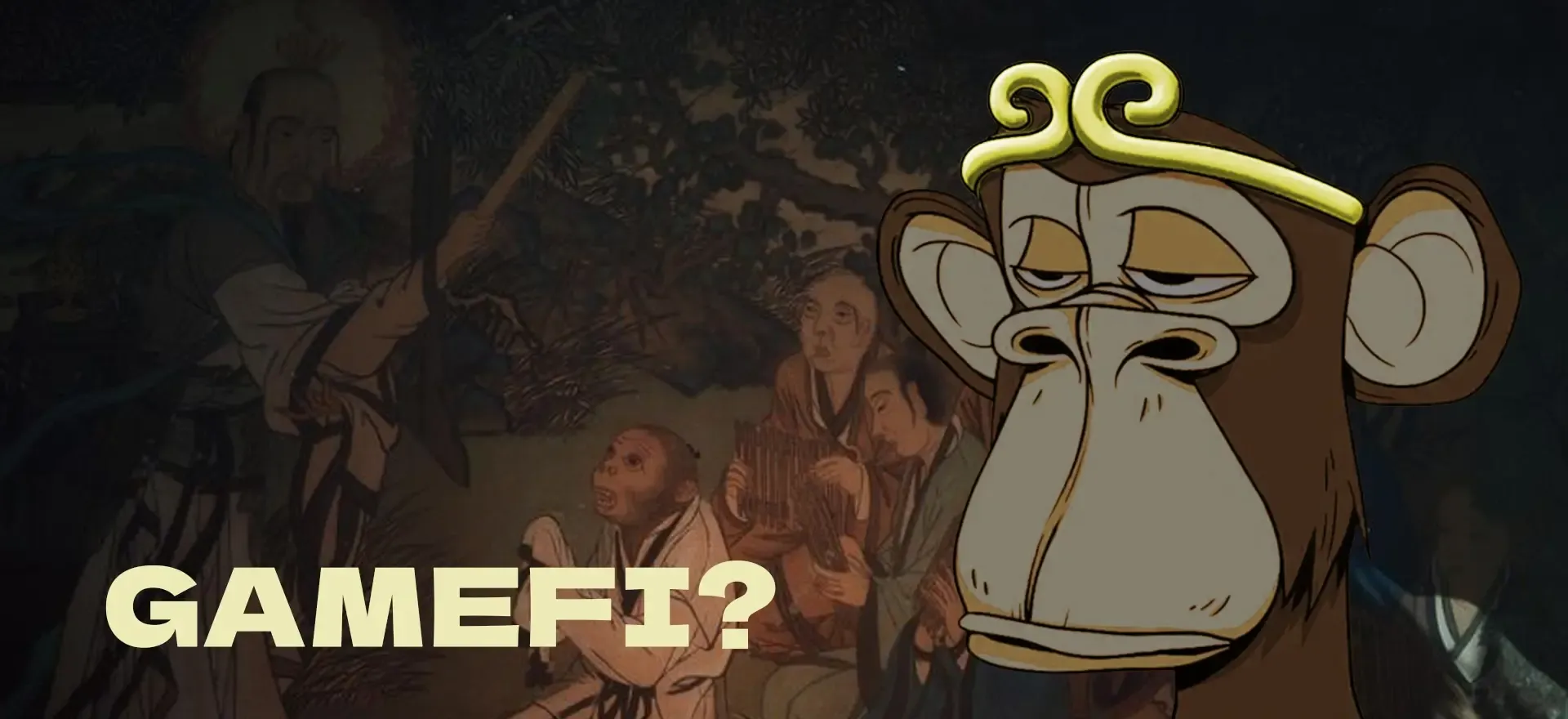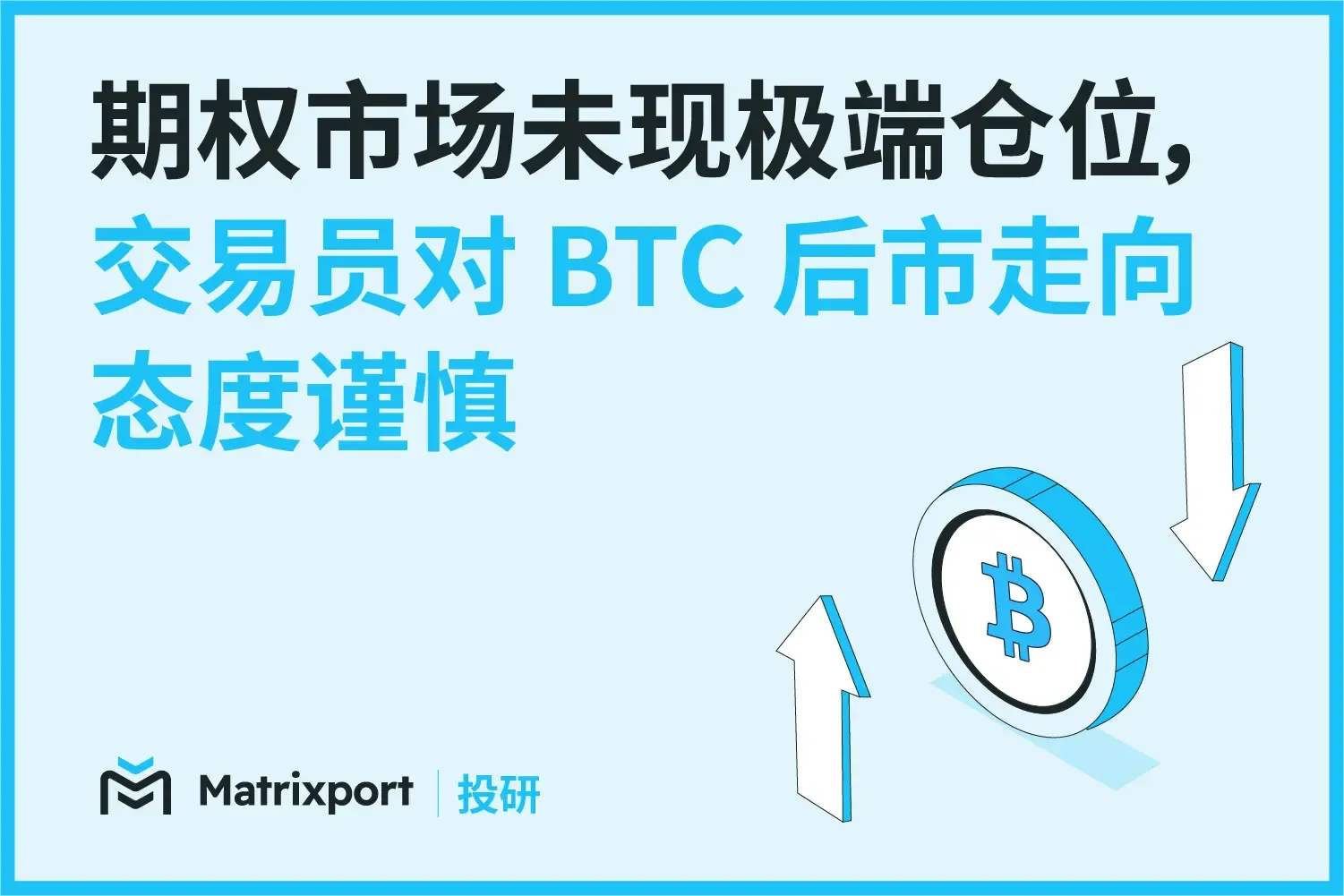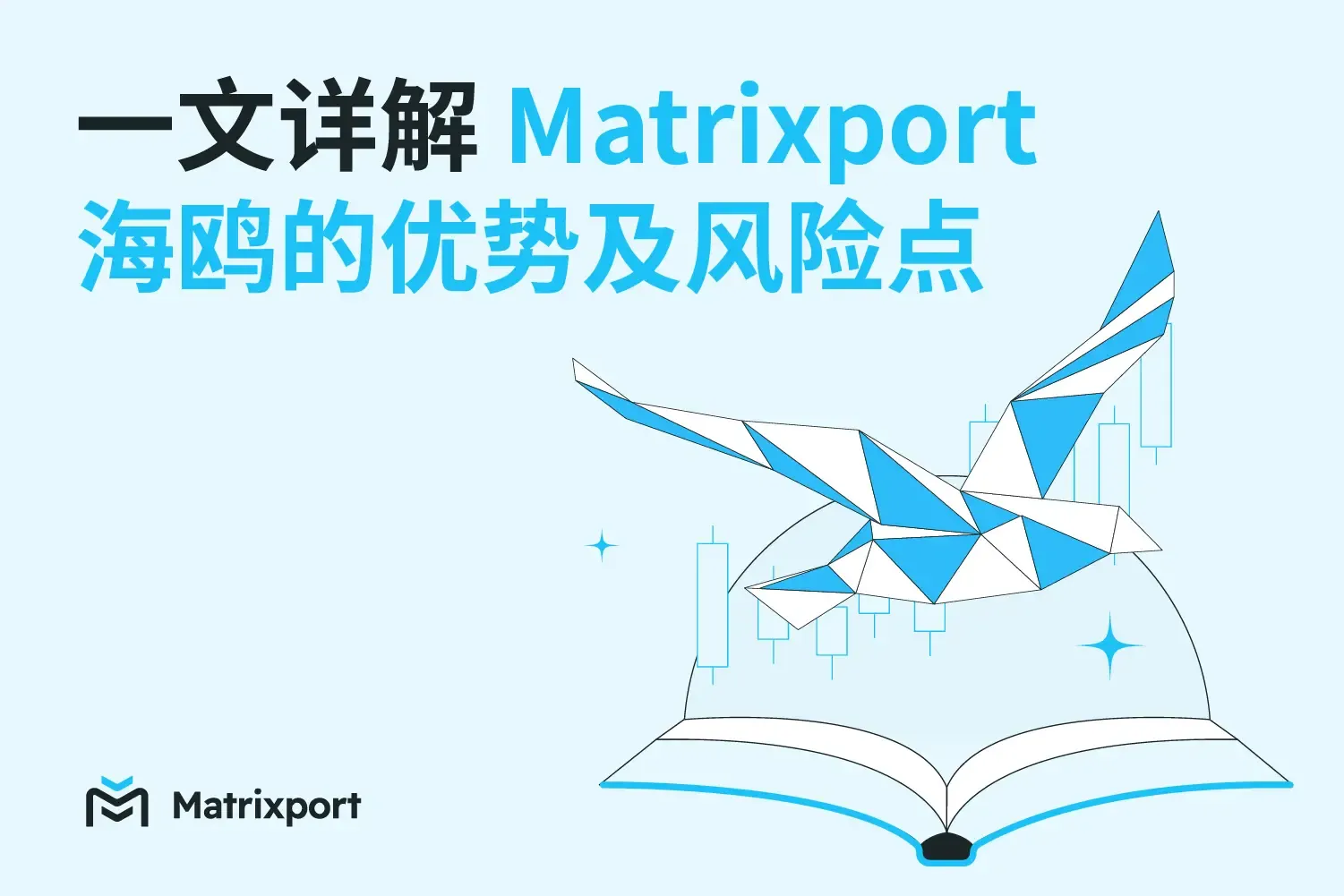Is crypto a Sisyphean rebellion?

Author: YBB Capital Researcher Zeke
Introduction
This article is a reflection after watching a16z partner Chris Dixon's speech titled "Is Web 3.0 Dead?". As an idealistic technology investor, Chris analyzed the development of the internet from the 1990s to the present and believes that the future of Crypto is still full of potential. However, from the current situation, I think the internal landscape of Web3 is chaotic. This article summarizes my recent thoughts on Crypto and extends my previous articles.
1. The Gambler's Demand and the Geek's Vision

Chris Dixon mentioned in his speech that there are two mainstream cultures in crypto: one is the speculative "casino culture," and the other is the more technology-focused "computer culture." I will refer to them as "gambler culture" and "geek culture." In the process of advancing Web3, these two cultures, which should be mutually exclusive, are maintained by something called "vision," ultimately pushing Crypto into the mainstream. Since the Bitcoin era, the vision of crypto has been grand, from a decentralized P2P payment system not controlled by individuals, institutions, or nations, to Vitalik's world computer, decentralized permanent storage, and the reshaping of the Internet of Things… To put it more simply, there is also the 10k PFP that I really like, yes, the IP pushed to the world by thousands of community members. Unfortunately, these visions ultimately remain just visions; "Cash" has turned into "digital gold," the ideal of a "world computer" is filled with contradictions, and the narrative I like the most has become a joke among insiders. The gambler's demand and the geek's vision will not always intersect; when gaps appear, decentralization, vision, and mission no longer matter. Just like Maslow's hierarchy of needs, human needs follow a sequence from basic physiological needs to transcendental needs. The basic need of mainstream crypto users is to make money. When the technical narrative no longer works, users go where the noise is loudest, engaging in PVP in MEME; going to Ton to Tap to Earn; or, at worst, seeking liquidity in A-shares or US stocks. In reality, our focus has gradually shifted from technical narratives to Powell, ETFs, Trump, and what memes can still be made in the West today. Sometimes I feel dazed, as if these blonde-haired, blue-eyed people are the long-lost Satoshi Nakamoto. However, discussing ideals after having a full meal is indeed a common human sentiment.
Currently, there is a common discussion in the community about putting aside technical narratives, finding increments, focusing on experience, and consumer applications, and concentrating on high-performance heterogeneous chains. This consensus is actually aimed at reuniting "gamblers" and "geeks." If successful, we will enter a new era of diversification, where "gamblers" and "geeks" will become contributors to reshaping the internet. If it fails, we will return to the P2P vision and revert to the essence of finance (which I do not believe can support the future growth of blockchain). But regardless of where this path leads, I believe it is more important to meet the value needs of ordinary users and have driving force. We often hear the term "falsification," which is mostly supported by reasons like token prices dropping to zero or high barriers to entry. But let's think in other directions; where is the driving force? Last year, I wrote an article roughly discussing the decentralization of AI computing power. At that time, there was very little relevant information available, but I was very confident in this direction and specifically divided it into two chapters to describe its future. With the continuous updates of GPT this year and the soaring stock price of Nvidia, the topic of AI has been repeatedly hyped. Computing power projects are no longer novel today, but unfortunately, most of them lack the motivation to drive users to use them. In the absence of efficiency, stability, low loss, and affordability are difficult to achieve even one of them. Compared to most TG mini-games today, there is hardly any essential difference except for external factors; they are all waiting for liquidity to exit, and the only thing that can still be discussed is the vision.
In today's world where generative AI permeates every industry, Web3, lacking driving force, has become difficult to move "gamblers." The driving force of a Ponzi scheme is human greed, while the driving force of consumer applications is value, whether emotional value or practical value; you must at least provide value. A qualified app, in the context of the community, can be various evergreen protocols in DeFi, which meet users' diverse financial needs such as trading, arbitrage, and gaming. In the broader context, there are many examples, just take the early ChatGPT as an example: cumbersome payment steps, long queues, various IP blocks, and account bans, yet people still flocked to it. During the liquidity boom in 2021, even twelve mnemonic words could not stop grandpas and grandmas from rushing into meme coins; both are the same principle, just with different driving forces. The entry threshold and experience are indeed very important for ordinary users, but they come after dopamine and practicality. After we solve various abstract problems and lower the barriers, what will drive non-Web3 users to visit? For a non-speculative Web2 user, Web3 currently provides no practical utility beyond transfers and payments, so where will the imagined increment come from?
2. Why Are We No Longer Talking About Decentralization?
I know that temporary noise does not mean that centralized heterogeneous chains will also be correct in the future, but just from the heat of this round of the altcoin market, the momentum of heterogeneous chains is about to drown Ethereum. The criticism of Ethereum is so loud that even Vitalik is calling for the fragmented Ethereum ecosystem to realign. Viewed from multiple dimensions, Ethereum is still the Apple of Web3, with the largest ecosystem, the highest TVL, and decentralization and security second only to Bitcoin. However, today it resembles the "Apple" that Cook took over from Jobs, no longer cool, and no one cheers for its innovations. At least, from today's perspective, decentralized public chains are no longer directly equated with success.
From the perspective of technological development, decentralization and security are rare qualities that require a lot of time to accumulate; they should be as irreplaceable as gold. However, this method of replication has been thought out by Vitalik and Mustafa Albasan. Decentralization today is more akin to artificially cultivated diamonds from Zhecheng, from the best quality Ethereum to the most cost-effective Near DA, with dozens of sellers. So will Ton or Solana become Layer 2 in the future? I think the answer is yes, but due to factional reasons, these two cannot serve as Layer 2 on Ethereum. However, decentralization and security are not only present in Ethereum; the security, decentralization, social recognition, and consensus mechanism of BTC are superior to Ethereum, and BTC does not have factional issues. Even under the 1:1 fork idea, as long as a sufficiently native DA solution can be realized in the future, will Ethereum's proud decentralization and security turn into bullets aimed at itself? How will Ethereum's defenders criticize heterogeneous chains built on BTC?
From the perspective of ZK technology development, since there can be ZK Rollup upwards, there can also be co-processors, ZKML, etc., downwards. As the off-chain computing technology for high-performance applications matures, achieving a balance of scalability, decentralization, and security on Layer 1 is not entirely impossible. So from this perspective, it is not necessary to mention the old trilemma; letting ecology and experience take the lead is also acceptable.
3. Is Web3 Following the Old Path of Web2?
Tokenomics is always an interesting topic. We have seen countless complex economic designs, but in the end, only service-oriented project tokens often achieve long-term success through Tokenomics. For example, Cex, Layer 1, and various DeFi projects. Firstly, the simplest reason is still the demand issue; blockchain essentially only has these projects with real demand and revenue. From the budding phase to the current mainstream era, tokens have played a key intermediary role in the journey of these projects and their communities to become giants. A virtuous cycle has deepened their moats. On the contrary, many 10k PFP projects in 2022 attempted staking and burning to save their projects when they were on the verge of death, but without strong demand, even a smaller quantity is meaningless.

Another issue that has long plagued token incentives is the witch problem. The witch is a headache for tokens, and many projects that aspire to complete bottom-up models through incentive structures have thus become illusions. In the past, the only solution that could barely address this issue was KYC; centralized platforms and some compliant projects could rely on KYC to avoid witches. But this problem is very complex for purely on-chain projects. Although Vitalik has proposed a similar soul-binding SBT like in World of Warcraft, it obviously has many logical loopholes. Using Worldcoin's iris is even more impractical. Nowadays, the most effective way to prevent witches has turned to Points; witches can create numerous addresses and brush a large number of transactions. But money cannot be faked; just like the computing power of the PoW mechanism, as long as it cannot be faked, it does not matter how many addresses there are, as long as the deposit is set to the maximum or only in the weight of Points. This method has many benefits for project parties; Points are just a soft commitment, and the final interpretation rights still lie with the project parties. However, for the development of Web3, it is heading in a worse direction. Only whales benefit from such activities, not real users, and it will not attract users outside of Web3. After the tokens are gone, only a mess remains.
The operation of pressing down the gourd and floating the ladle is not uncommon in this circle, so why not just eliminate tokens? This year, I have repeatedly praised tokenless projects for outperforming most competitors in many aspects; they will not be killed by Ponzi models and do not have to worry about witches, token prices, empowerment, and other issues. By focusing energy and resources on promotion and ecology, they can accurately acquire valuable users and thus expand their ecosystems.
What makes me ponder is whether this has turned into a form of Web2? Web3 oligarchs like Base provide users with quality services and continuously profit from them, but the community cannot share in this, which is no different from today's Web2. From construction to implementation, everything is monopolized by Coinbase, and the ace protocol in the ecosystem, Farcaster, is also handled by them, even squeezing out Friend.tech. Is this a manifestation of the spirit of decentralization? We must admit that our development path is increasingly resembling Web2. The vision of the internet in the 1990s was also to return power and wealth to users. In the Web 1.0 era, the media was controlled by television stations and radio; in the Web 2.0 era, the internet was controlled by the seven giants of Nasdaq. Now, the oligarchs of Web 3.0 are testing the bottom line. Are those legendary stories of bottom-up development coming to an end? I don't know, but I am sure we are at a crossroads.
4. Scarcity is a Double-Edged Sword
Before the breakdown of the Bretton Woods system, gold played a key role in human currency. It has a great advantage: scarcity, but it also has a significant disadvantage: scarcity. From shells to gold, decentralized currency has existed since ancient times. Before humanity entered the steam age, scarcity ensured that dictators could not arbitrarily plunder the wealth of the people, allowing society to function normally. During the explosive development of technology, scarcity hinders humanity's journey to the stars and the sea. Former U.S. President George W. Bush said in a speech in 2002: "In the thousands of years of human history, the most precious thing is not dazzling technology, not the vast classics of great masters, not the flowery speeches of politicians, but the realization of taming the rulers, the dream of locking them in a cage. I am now speaking to you from within that cage." Locking power in a cage is humanity's only compromise with fiat currency. Currency not based on any precious metal is undoubtedly the largest Ponzi scheme in human history, but it has made a tremendous contribution to the development of modern society.
Scarcity is one of the characteristics of blockchain and the source of value; we constantly emphasize the importance of scarcity. However, sometimes I wonder if excessive scarcity is also hindering our progress. For example, if Bitcoin were born in an isolated country, would its vision be realized quickly? The 10k PFP is a better microcosm; Bored Apes, Azuki, and Pudgy are all very successful NFT projects, to be more precise, at least the first two were in the past. At the crossroads of development, they chose three different directions: gaming, animation, and peripherals. The latter's practical approach allowed it to rise against the current, but creating games or animations or even developing an IP universe seems very cool to me; however, scarcity destined them not to succeed. As I mentioned when discussing GameFi, the cost of a AAA game is unimaginable; the limited number of NFTs isolates participants, while the inflationary NFTs exploit the community. This is like a microcosm of a dictator's economic regulation, where the community's voice is far smaller than imagined. In the end, both Bored Apes and Azuki fell on the path of wildly inflating sub-series, and looking back now, it feels somewhat relieved.

Of course, the other side of this double-edged sword is also reflected in Ethereum. We discussed this issue in the previous article, so I won't elaborate further here. Back to the point, when a decentralized project becomes immensely large and enters the mainstream, how should it handle deflation and inflation? Should it rely on simple code rules or listen to a few people or dozens of project parties? Or those soul figures? Oh, right, we also have governance tokens. However, governance tokens are meaningless before solving the witch problem. Democratic voting can never be reflected in governance proposals; after all, a16z can veto a large community's approval votes with just a few wallets, so what is the point of voting?
5. Business Logic Cannot Be Closed Loop
When writing the Babylon research report, I pondered a question: how many projects in Web3 can complete a closed loop of business logic? I believe at least ninety-five percent of projects cannot; in most cases, this closed loop can only be realized in white papers. People always construct it perfectly when designing a sink, but when discussing where the water comes from, they become very idealistic. In an ideal state, Babylon and Eigenlayer can mobilize the sleeping wallets of Bitcoin and the staked tokens of Ethereum, thereby eliminating the bubble of LST and bringing security to various long-tail chains, protocols, and new projects. At that time, I thought this was a grand vision. But a doubt shattered my fantasy. How much interest should be paid to stakers each year to attract BTC whales to flock in? How much of the long-tail projects can rent from the trillion-dollar assets? Ultimately, where will the gap that cannot be closed loop be found? I think perhaps it is again the Token.
This issue is reflected in every corner of Web3; even the currently popular Ton ecosystem mini-games are no exception. Head projects like Catizen can quickly prove whether they have real consumer users after the airdrop ends. The remaining majority of mini-games will quickly perish; it is inevitable. In many countries in Asia, Africa, and Latin America, Crypto is beginning to shine in payments and transfers. A significant portion of the user base covered by Ton also comes from these countries. I hope that based on the user needs of these countries, the next giant can eventually emerge in Mini Apps.
6. The Period of the Story Should Not Be Drawn on Wall Street
Nietzsche once said, "There is no truth in this world, only perspectives." My view is that starting from pragmatism, looking back at the idealist perspective may contradict mine. But I think we are both right; after all, there is no truth in this world, and we must learn to see new perspectives from different viewpoints. Embracing "opposition" is closer to the truth itself than a singular belief. Every project I match is also one that I love. Moreover, there is at least one common point between the two factions: the hope that Web3 can stand alongside today's generative AI and play a role in promoting human progress; the story of Crypto should not stop at Wall Street.
7. Sisyphus

When titling this article, I thought of a very fitting figure from Greek mythology, Sisyphus. In "The Iliad," Sisyphus is known for his cunning and intelligence, which allowed him to accumulate vast wealth. Whenever he felt that death was approaching, he would trick death into putting on handcuffs, resulting in no one entering the underworld. As punishment from the gods, he was condemned to push a large stone up a steep mountain; every time he exerted all his strength and the stone was about to reach the top, it would slip from his hands, forcing him to push it back down, engaging in endless labor. In the Western world, the term Sisyphus can also describe "a task that is endless and futile." However, in Camus' philosophical essay "The Myth of Sisyphus," Sisyphus's continuous effort to climb the mountain symbolizes human optimism and the spirit of resistance. The duality of this story is remarkably similar to the current state of Web3. The night before dawn is always the darkest.










